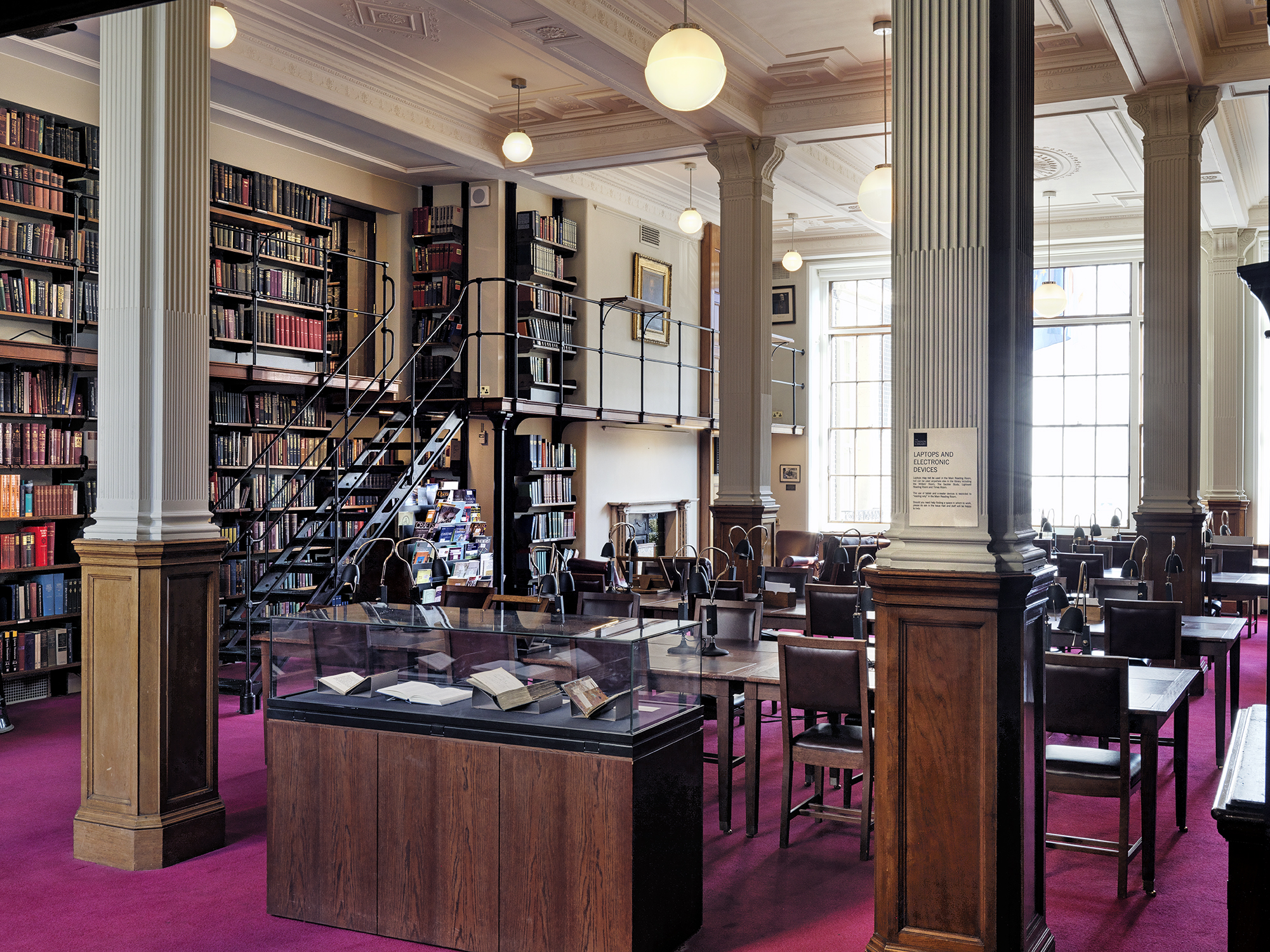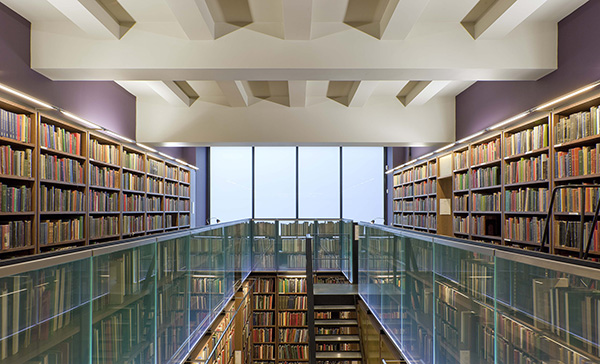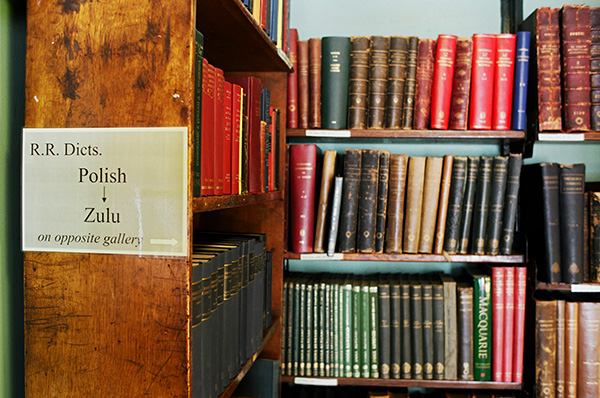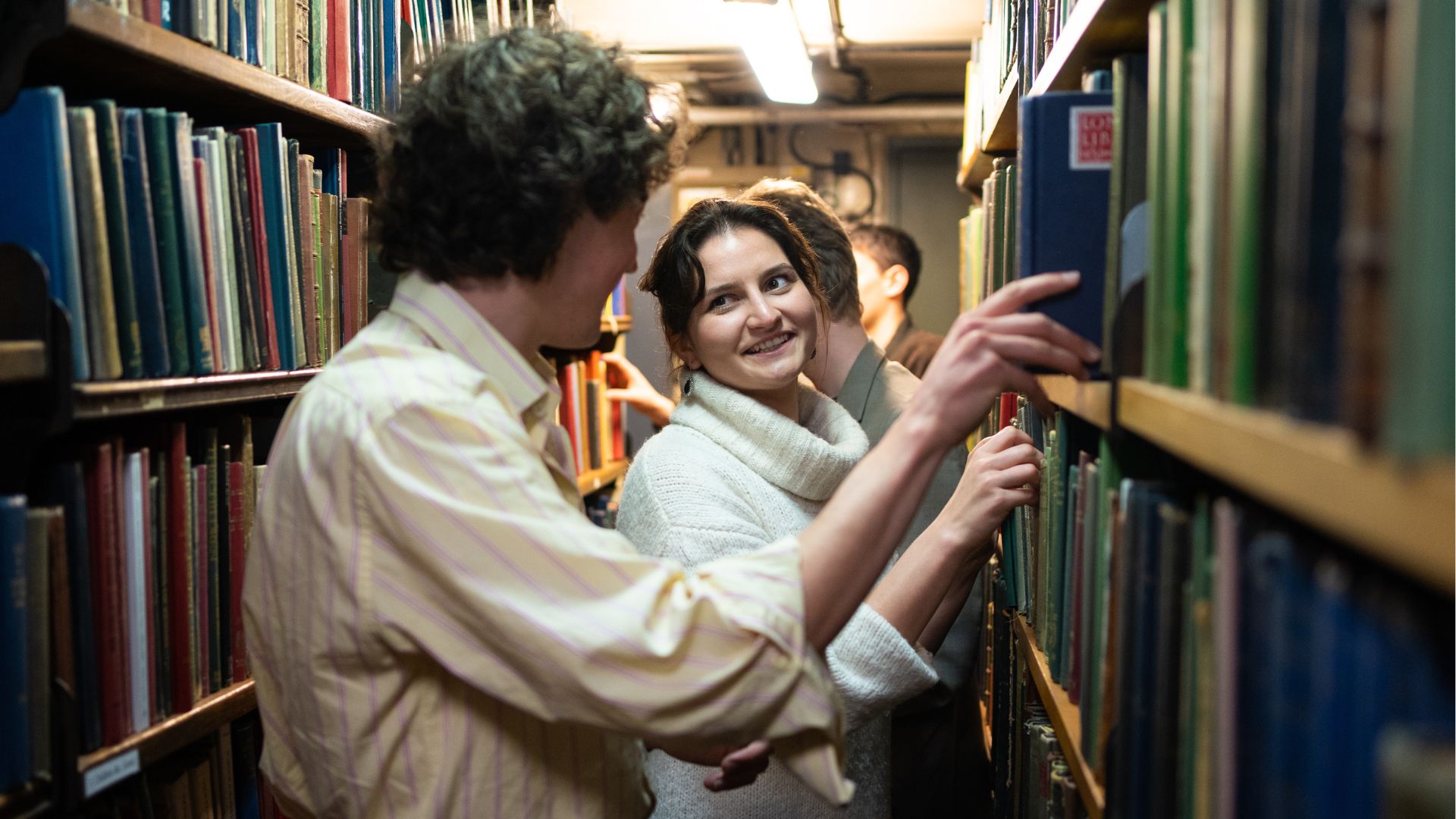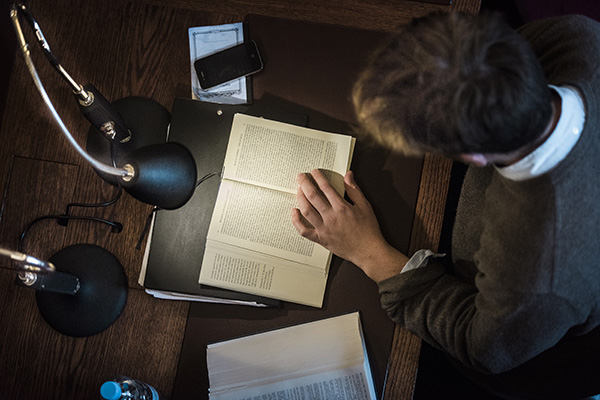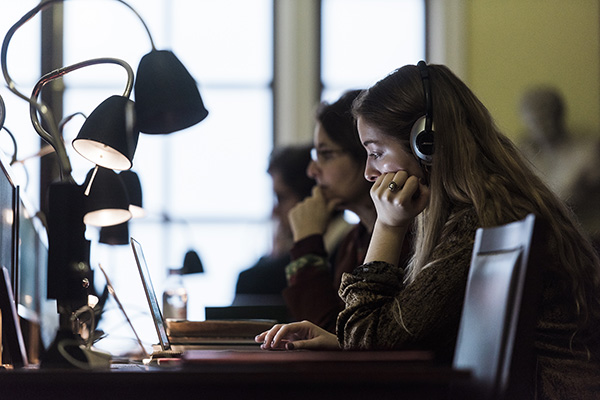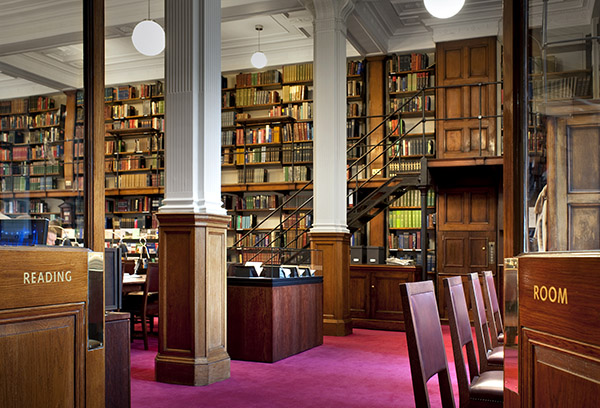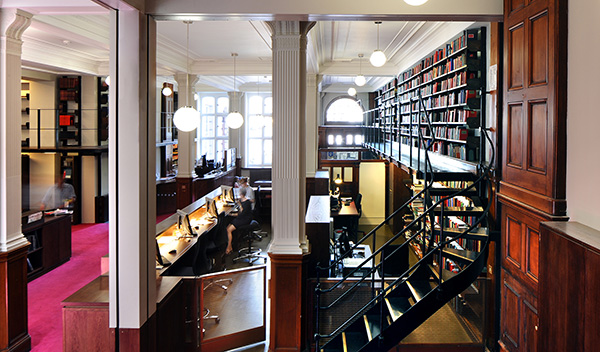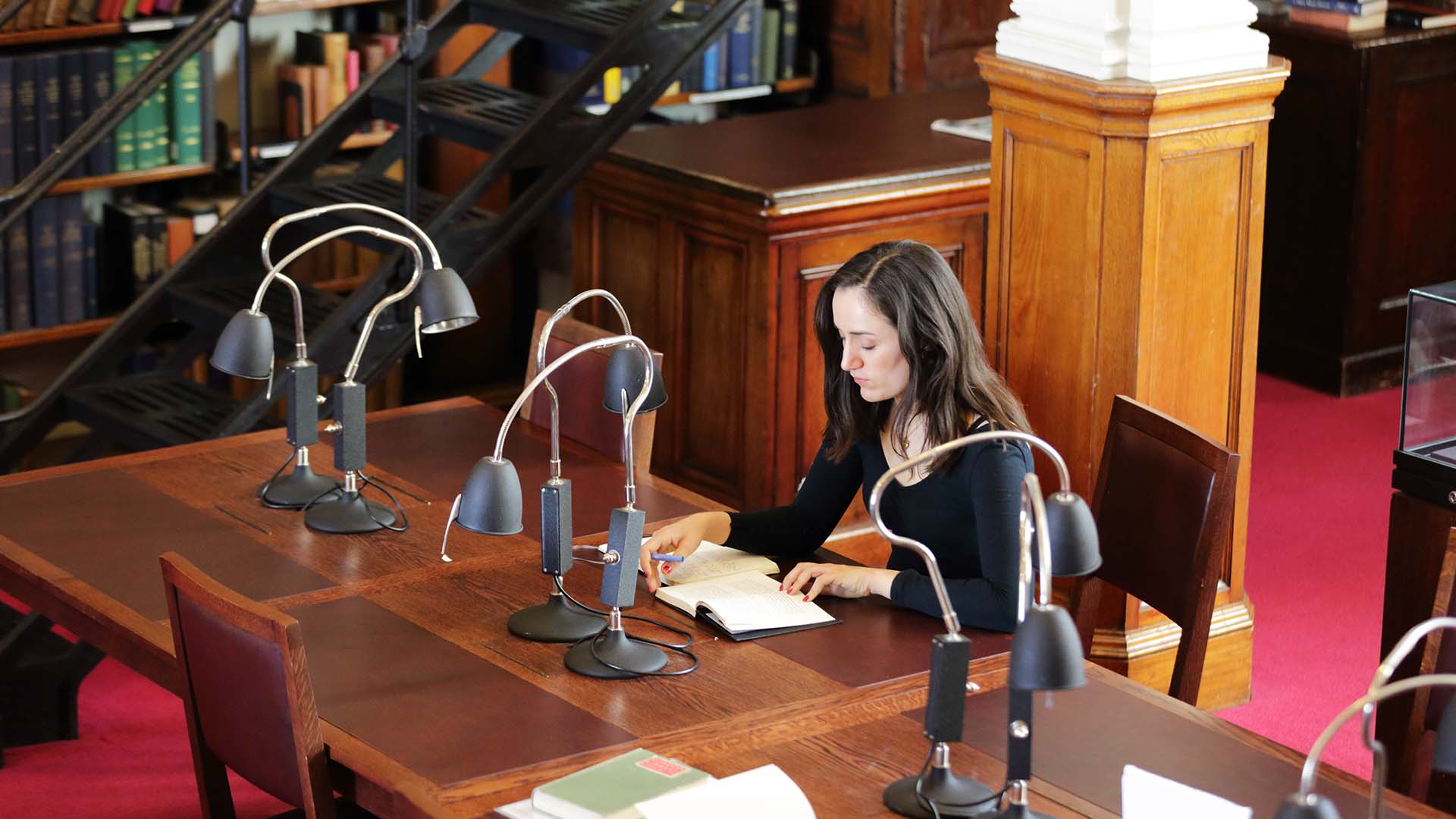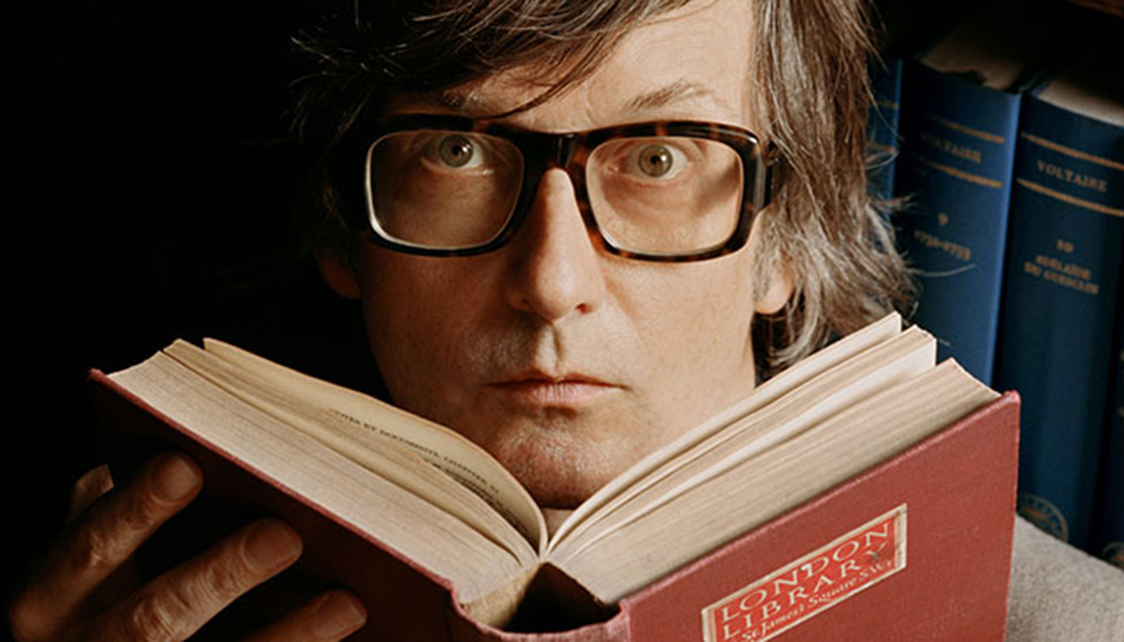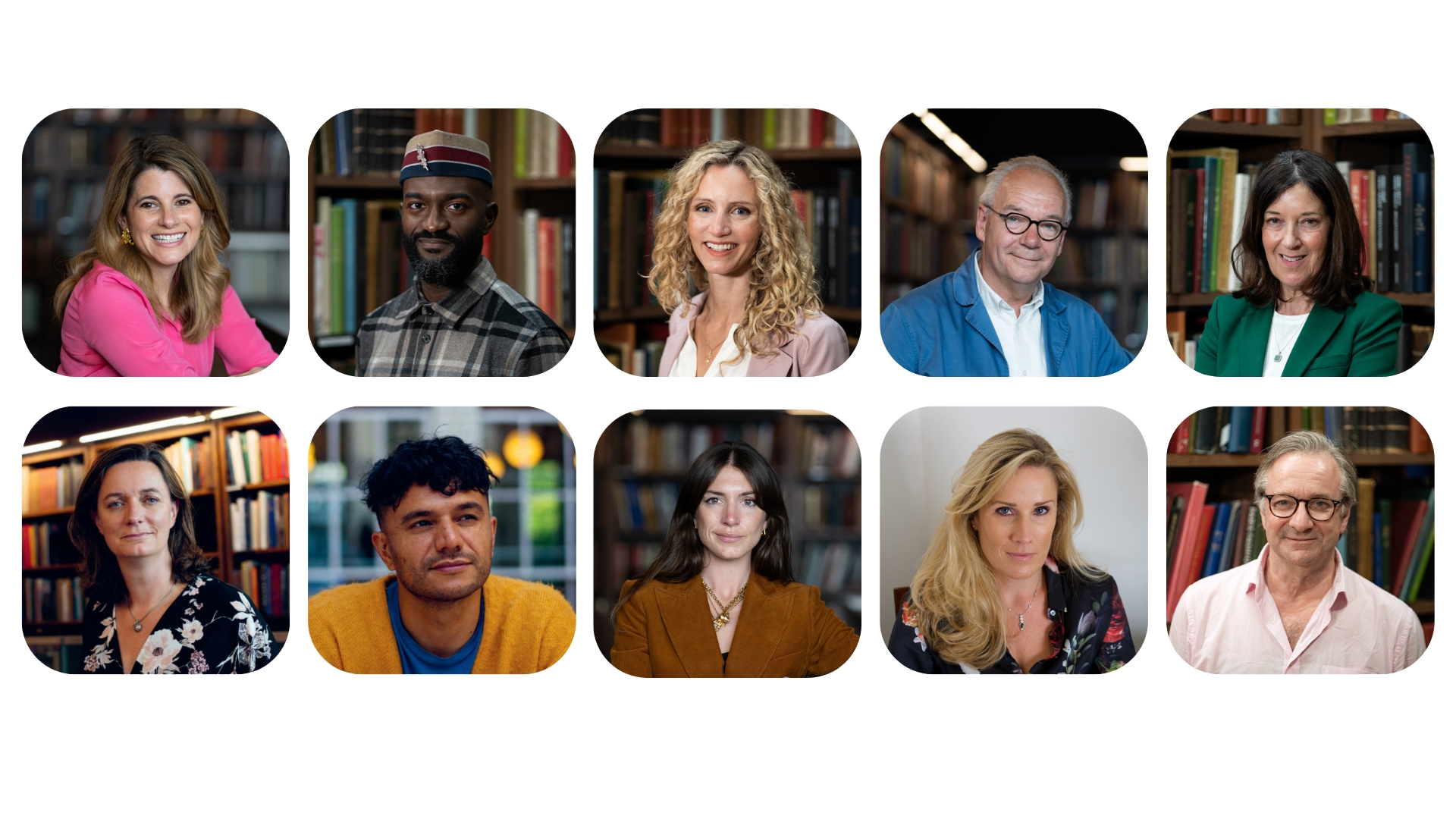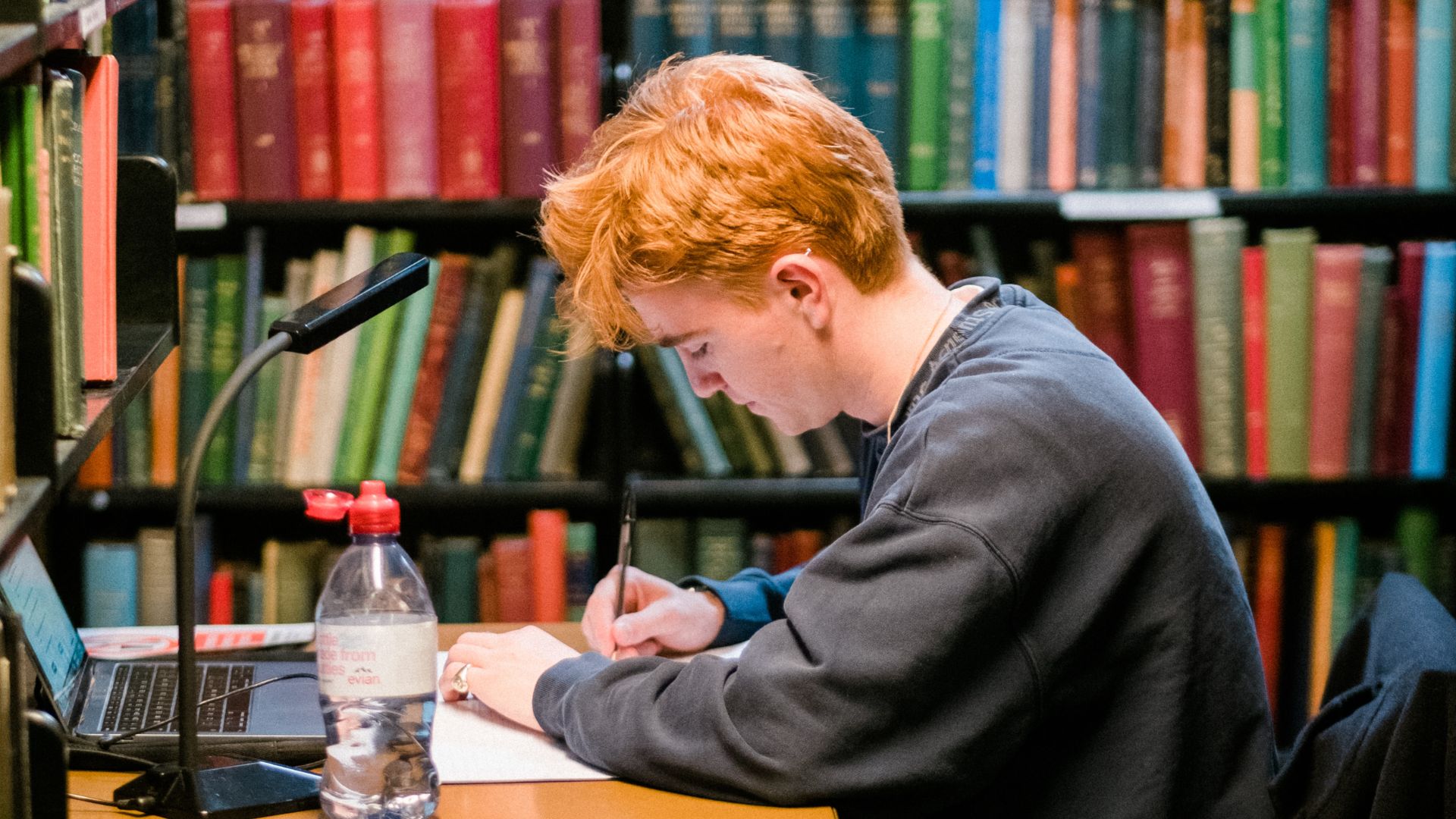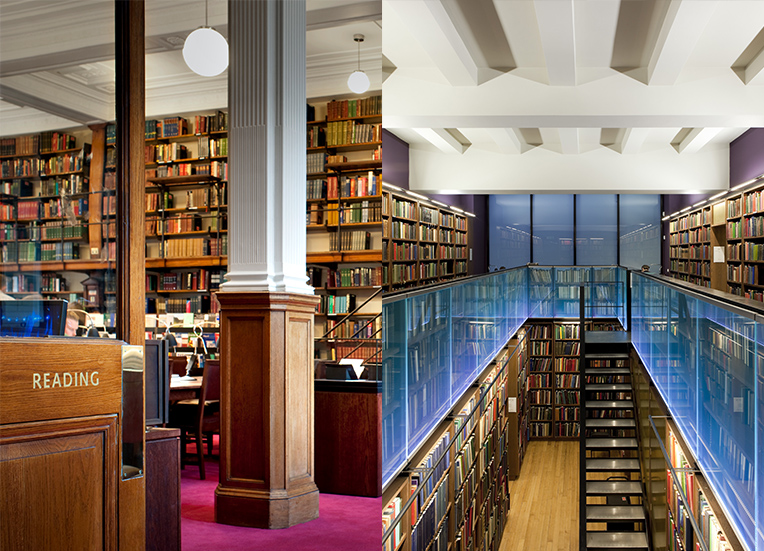The London Library is renowned as a centre of creativity and we’re always keen to showcase some of the many works that get produced here. A number of our members have been in touch recently, letting us know about new books they are publishing this Autumn.
If you are a Member and have a new book coming out soon then we’d love to here from you, please email us on This email address is being protected from spambots. You need JavaScript enabled to view it..
Please note, the Library does not necessarily hold all of these titles in our collection. Please check Catalyst to see whether we hold the book.
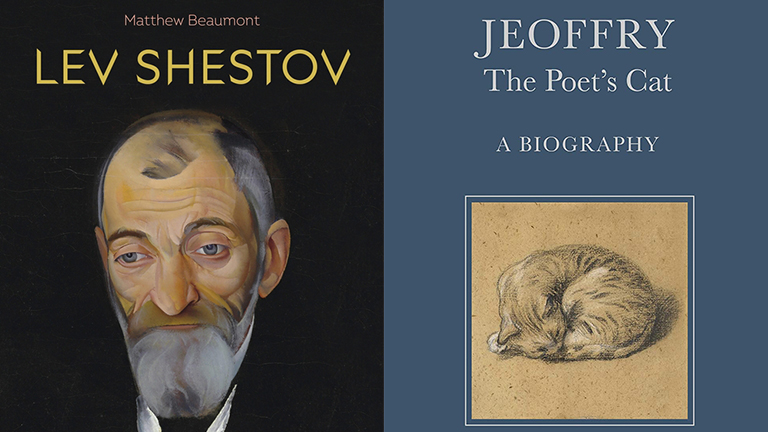
Coming up in Autumn 2020
The Confession, Jessie Burton
Picador, September 2020
Britain and Europe in Troubled Times, Vernon Bogdanor
Yale University Press, September 2020
Life & Love of the Forest, Lewis Blackwell
September 2020
Jeoffry: The Poet’s Cat - A Biography, Oliver Soden
The History Press, September 2020
Lev Shestov: Philosopher of the Sleepless Night, Matthew Beaumont
September 2020
The Museum Curator’s Guide - Understanding, Managing and Presenting Objects, Nicola Pickering
Lund Humphries, September 2020
The Golden Calves of Jeraboam, Adrian Leak
September 2020
Japan's Far More Female Future, Bill Emmott
Oxford University Press, September 2020
Reluctant European: Britain and the European Union from 1945 to Brexit, Stephen Wall
Oxford University Press, September 2020

The Fragrance of Tears, Victoria Schofield
Head of Zeus, October 2020
After Ancient Biography: Modern Types and Classical Archetypes, Robert Fraser
Palgrave, October 2020
My Dearest Martha: The Life and Letters of Eliza Hillier, Andrew Hillier
Hong Kong City University Press, October 2020
After Ancient Biography: Modern Types and Classical Archetypes, Robert Fraser
Palgrave Macmillan, October 2020
Hotel du Cap Eden Roc, Alexandra Campbell
Flammarion, October 2020
My Berlin: The Story of a City, Sir Barney White-Spunner
Simon & Schuster, October 2020
Art, Memoir and Jung. Personal and Psychological Encounters, Juliet Miller
October 2020
The Walker: On Finding and Losing Yourself in the Modern City, Matthew Beaumont
November 2020
Dangerous Lunatics: Trauma, Criminality, and Forensic Psychotherapy, Professor Brett Kahr
Confer Books, Autumn 2020
Beyond the Secret Garden, Anne Thwaite
Duckworth, 2020
(Revised version of Waiting for the Party, the life of Frances Hodgson Burnett, Secker and Warburg, 1974)
Juvenal: Satires Book V, John Godwin
Liverpool University Press, Autumn 2020
Industrial Letchworth: The First Garden City 1903-1920, Philippa Parker
University of Hertfordshire Press, Autumn 2020
A Dirty Broth: Early Twentieth Century Welsh Plays in English
Parthian Press, November 2020
Heads and Boxes: A Prop Art Exhibition Collaboration, Essay by Jill Longmate
Published in ‘Brigid Brophy: Avant-Garde Writer, Critic, Activist’, edited by Richard Canning and Gerri Kimber. Edinburgh University Press, 2020
At the Edge of the Desert, Basil Lawrence
Penguin, Spring 2021
The Novotny Papers: Prostitute/Provocateur, Lilian Pizzichini
Amberley, Spring 2021
Published recently in 2020
Those Who Are Loved, Victoria Hislop
Paperback published by Headline Review, August 2020
Dominion: The Making of the Western Mind, Tom Holland
Paperback published by Little Brown, August 2020
Elitism A Progressive Defence, Eliane Glaser
Biteback Books, August 2020
The Financial Times Guide to Business Coaching, Anne Scoular
Financial Times, August 2020
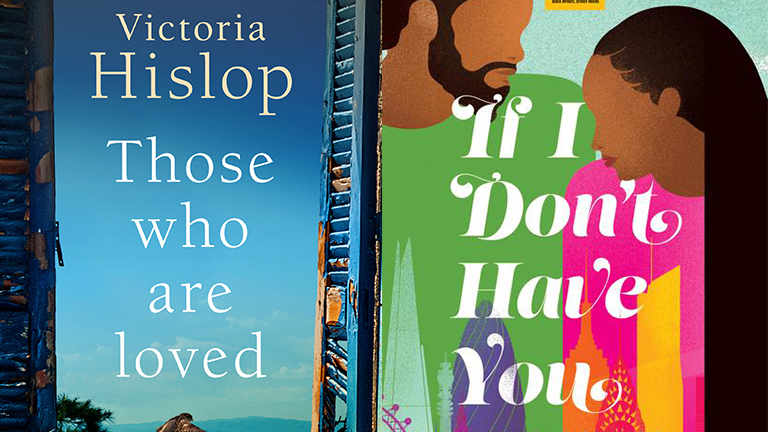
If I Don’t Have You, Sareeta Dominga
Jacaranda, July 2020
The Tastemakers: British Dealers and the Anglo-Gallic Interior, 1785-1865, Diana Davis
Getty Research Institute, July 2020
Madeleine, Euan Cameron
Quercus, July 2020
(Hardback published by MacLehose Press, June 2019)
Bad Love, Maame Blue
Jacaranda, June 2020
Liminal, Caroline Maldonado
Smokestack Books, April 2020; sequel to be published 2021
Night of the Bayonets: The Texel Uprising and Hitler's Revenge, April - May 1945, Eric Lee
Greenhill Books, April 2020
The Straits of Treachery, Richard Hopton
Allison & Busby, April 2020
Night of the Bayonets: The Texel Uprising and Hitler's Revenge April - May 1945, Eric Lee
Greenhill, April 2020
Arthur Jeffress: A Life in Art, Gill Hedley
Bloomsbury, April 2020
Mediating Empire, Andrew Hillier
Renaissance Books, April 2020
Smoke and Mirrors, Gemma Milne
Little Brown, April 2020
Magnificence and Princely Splendour in the Middle Ages, Richard Barber
Boydell & Brewer, March 2020
Dionysus after Nietzsche: The Birth of Tragedy in Twentieth-Century Literature and Thought, Adam Lecznar
Cambridge University Press, March 2020
Magnificence and Princely Splendour in the Middle Ages, Richard Barber
Boydell & Brewer, March 2020
The Girl with the Louding Voice, Abi Daré
Sceptre, February 2020
Strange Antics: A History of Seduction, Clement Knox
William Collins, February 2020
Escape Routes, Naomi Ishiguro
Tinder Press, February 2020 (Paperback January 2021)
John of Garland’s ‘De Triumphis Ecclesie’, Martin Hall
Brepols, February 2020
Along the Amber Route, Chris Schuler
Sandstone Press, February 2020
Escape Routes, Naomi Ishiguro
Tinder Press, February 2020
Hans-Adam II, Prince of Liechtenstein: A Biography, David Beattie
van Eck Publishers, 2020
The Earliest Views of Budapest, Andrew Alchin
2020
The Smart Woman’s Guide to Murder, Victoria Dowd
Joffe Books 2020
EW Hornung: The Emergence of a Popular Author 1866-98, Peter Rowland
Academic Press, December 2019
Nourishing the Nation: Food as National Identity in Catalonia, Venetia Congdon
Berghahn Books, December 2019
EW Hornung: The Emergence of a Popular Author, 1866-1898, Peter Rowland
Academica Press, December 2019
Nourishing the Nation: Food as National Identity in Catalonia, Venetia Johannes
Berghahn Books, November 2019
Excellent Essex: In Praise of Britain's Most Misunderstood County, Gillian Darley
Old Street Publishing, Hardback 2019; Paperback, Spring 2020
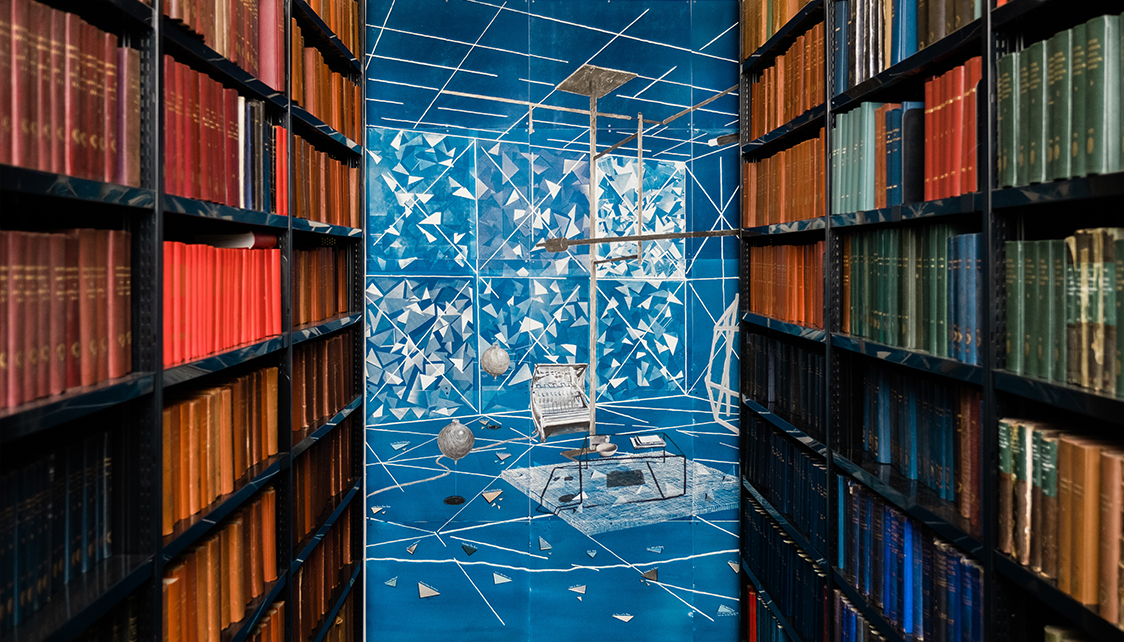
‘Dead Room’ - Mark Harris
Over the past 12 months artists Mark Harris and Bob Matthews have been immersing themselves in the collection of The London Library. This month a number of striking artworks based on the images they have found, have gone on display in the Library.
They include three large scale works - Harris’ “Dead Room” and Matthews’ “Capsule” and “Talisman” - which can be found in the Periodicals stacks and Times Room. 15 smaller pieces can be found at various locations in the Central stacks, Back stacks and Art stacks (see map). The works - which have been produced free of charge to the Library as part of Bob and Mark’s artists’ residency - will be on display for most of 2020.
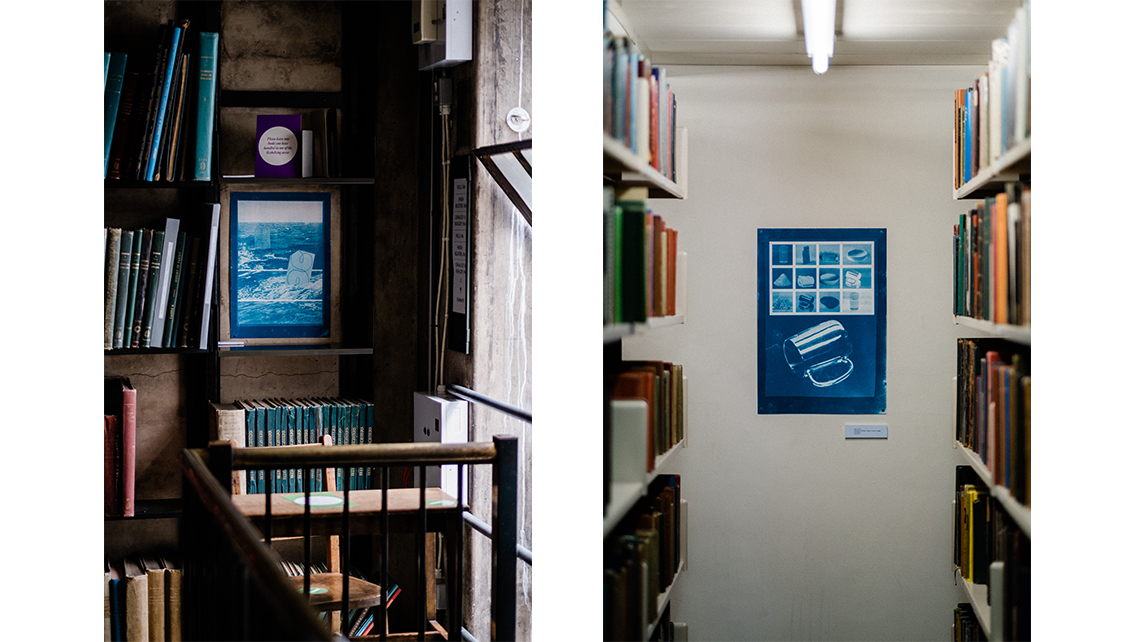
L: ‘La Houle’ - Mark Harris, R: ‘Elements of Editing 2’ - Mark Harris
Looking at the collection through the visual lens
During an intense period of research Mark and Bob developed methodologies for browsing, selecting and editing visual material, and as a consequence recorded 1000’s of images digitally. The act of collecting these images has helped them capture a unique pictorial world history spanning some 300 years. Their selection process would lead eventually to dozens of significant images to work from, creating inspiration for new artworks.
As printmaking specialists, Harris and Matthews were initially drawn to the way the Library’s collection reveals the history of the printed image. The collection holds significant examples of early engraving, etching and lithography, as well as more recent photographic printing techniques. This would lead to Harris producing Cyanotypes, an early direct photographic technique identified by its Prussian Blue appearance and ability to capture both photographic and autographic marks. Matthews technical research in the library would lead to the production of artworks using the photo-toxicity of lemons to aid the transfer of images.
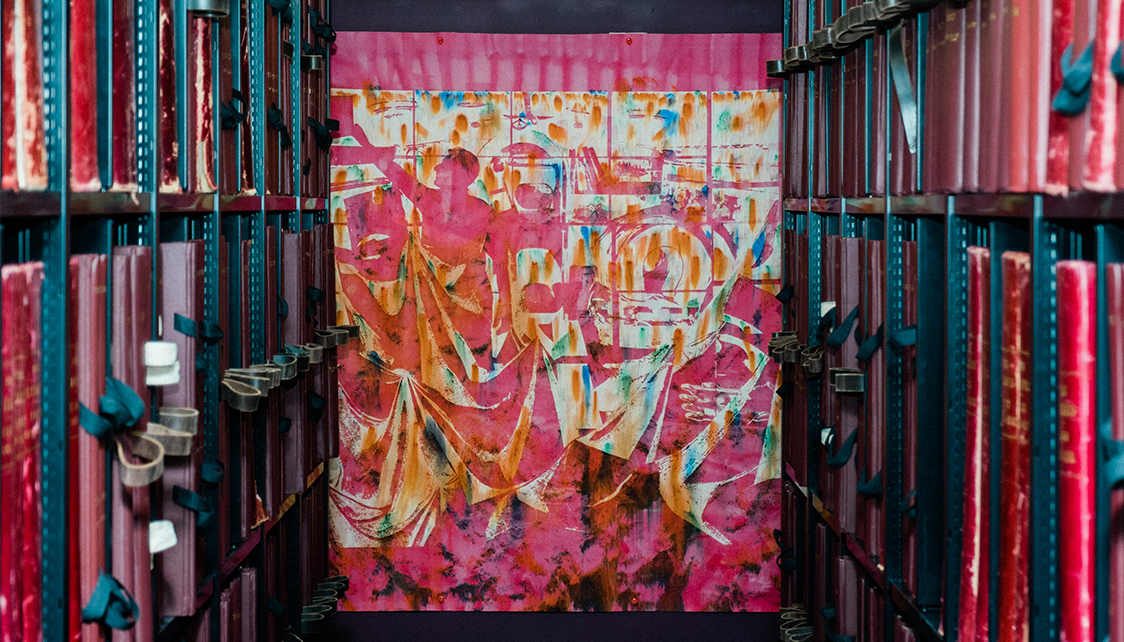
‘Capsule’ - Bob Matthews
Within the Library the Periodicals section was an area that revealed many images of interests, from the 18th Century Journals of Italian Letters through to the collection of BBC Handbooks. Both artists were drawn to the idea of making site-specific artworks for the Periodicals space that would bring together a number of ideas from their research across the library. They have produced large scale pieces that are revealed through the movement of the shelving mechanism, echoing the action of a printing press. This deliberate obstructive presentation of the work refers to the many folded pages of images and diagrams that they discovered.
Additionally, across 3 levels of the Central Stacks Harris has produced a series entitled Elements of Editing that comment on the joint industrial journey that both materials and images take, as they are mined and captured, refined and edited, produced and published. Other artwork is situated throughout the Back Stacks.
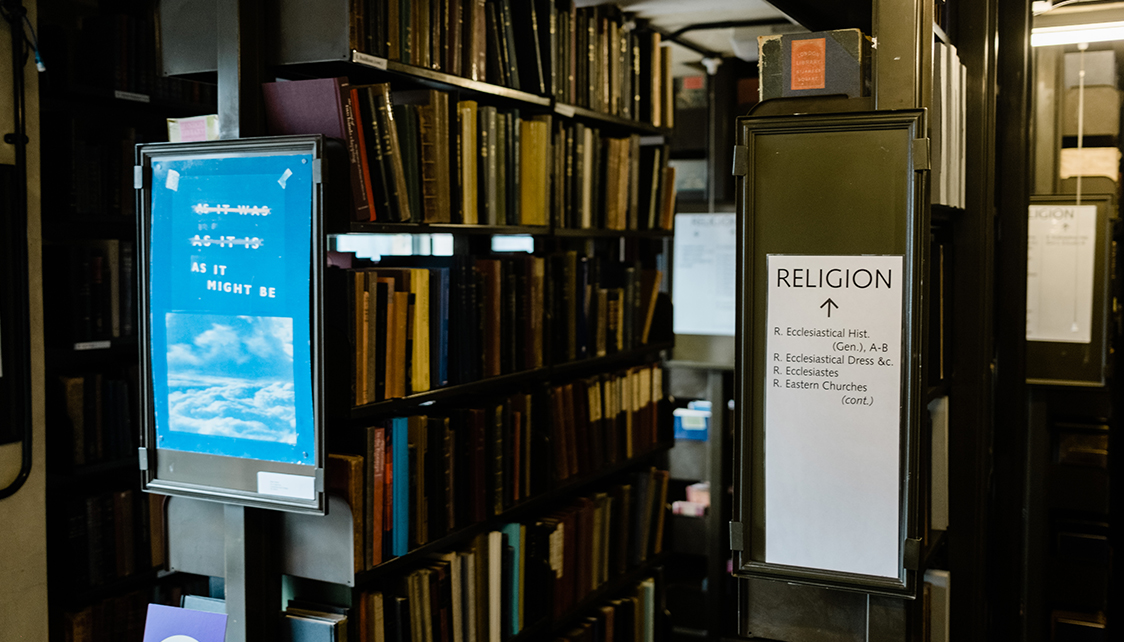
‘As it Might Be...’ - Mark Harris
Bob Matthews and Mark Harris commented, “It has been an enriching and fascinating experience exploring the visual material held within the Library. We hope that the work will suggest alternative ways to access the collection and that we have sewn a seed for many more potential future projects between The London Library and the visual arts.”
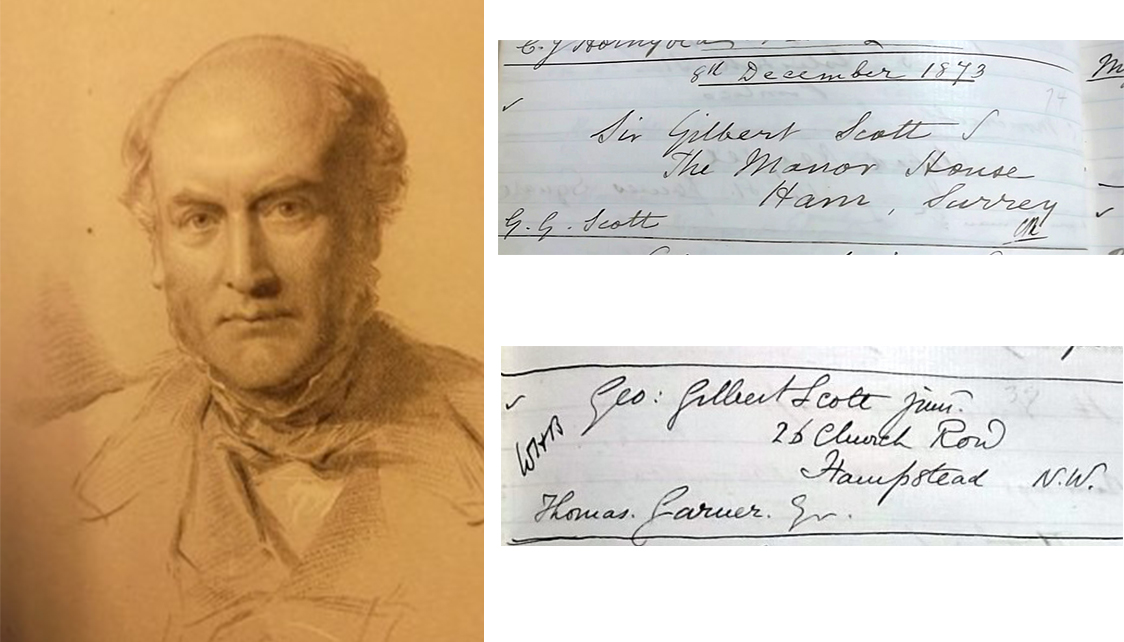
(Left: George Gilbert Scott; Top: Sir Gilbert Scott's membership form from 1873, he was introduced to the Library by his son, George Gilbert Scott Jr; Bottom: George Gilbert Scott Jr an architect and scholar joined the Library in 1872. He was introduced by fellow member, architect Thomas Garner.)
We take a look at the links between The London Library and a distinguished architectural dynasty founded by Sir George Gilbert Scott, the leading proponent of the Gothic Revival.
In London’s swinging sixties, the poet, broadcaster and co-founder of The Victorian Society, John Betjeman, took a stand against the destruction of Britain’s Victorian architectural heritage. After the demolition of Euston Station’s Doric arch, he campaigned to save another iconic Victorian landmark: the Midland Grand Hotel at St Pancras station, as it too tottered on the edge of demolition. It was a building, he said, Londoners enjoyed: a “sudden burst of exuberant Gothic … seen from gloomy Judd Street.”[i]
The hotel was the creation of Sir George Gilbert Scott (1811-1878), the founder of a dynasty of architects which continues today and which stretches from The Midland Hotel “the grandest single monument of the Gothic Revival in Britain”[ii] to the power stations at Battersea “one of the first examples in England of frankly contemporary industrial architecture”[iii] and Bankside (now Tate Modern) taking in the Albert Memorial, Waterloo Bridge, the red telephone box and a staggering number of churches and cathedrals en route.
Sir George Gilbert Scott and his son, George Gilbert Scott Jr (1839-1897) both appear in the Victorian membership records of the Library. George Gilbert Scott Jr joined in 1872 and introduced his father (who was knighted in 1872 and President of RIBA 1873-76) to membership in 1873. Sir George Gilbert Scott’s Personal and Professional Recollections, edited by his son, appeared in 1879: one of the first autobiographies of an architect to be published.
While Sir George Gilbert Scott was an acclaimed Victorian architect, who ran one of the largest architectural practices in Europe, he was not without critics – several of whom are also to be found among the membership records of the Library. The Rev W.J.L. Loftie, the architect J.J. Stevenson and one of the founders of the Arts and Crafts Movement in Britain, William Morris, all articulated a growing unease about architectural restoration, which John Ruskin condemned as a lie declining a RIBA gold medal during Scott’s presidency.
George Gilbert Scott Jr struggled throughout his life with mental health issues and alcoholism. He was confined to Bethlehem Hospital in 1883 and spent several years in and out of hospital. He died of cirrhosis of the liver and heart disease in1897. He was living at the time in his father’s famous secular creation: the Midland Grand Hotel (now renamed the St Pancras Renaissance Hotel). While his professional life was less prolific than his father, his own son, Sir Giles Gilbert Scott (1880-1960) an influential 20th century architect, considered that “Grandfather was the successful practical man, and a phenomenal scholar in Gothic precedent, but Father was the artist”.
Neither Sir George Gilbert Scott nor his son lived long enough to see the unveiling of the London Library’s Victorian steel grilled book stacks, circulating hall or spacious 50 ft long Reading Room in 1898. These Victorian spaces however remain at the heart of the Library’s activities today. Architectural heritage is easy to spot, it connects our physical environment and our daily lives to the past. Betjeman was right about the Midland Grand Hotel which was given Grade 1 listing in 1967. The Victorian Back Stacks of the London Library are also a listed structure, like the Midland Grand Hotel they too exert a powerful burst of Victorian Gothic in the hustle and bustle of 21st century London Library life.
Read more: The Victorians & The London Library: The George Gilbert Scotts
Michael Billington: The End of Theatre Censorship at The London Library
Celebrating the 50th anniversary of the Theatres Act 1968 Michael Billington chairs a panel of experts looking at the history of theatre censorship dating back to the Licensing Act 1737 and debating different types of censorship that exist in theatre today.
Read more: Michael Billington: The End of Theatre Censorship

